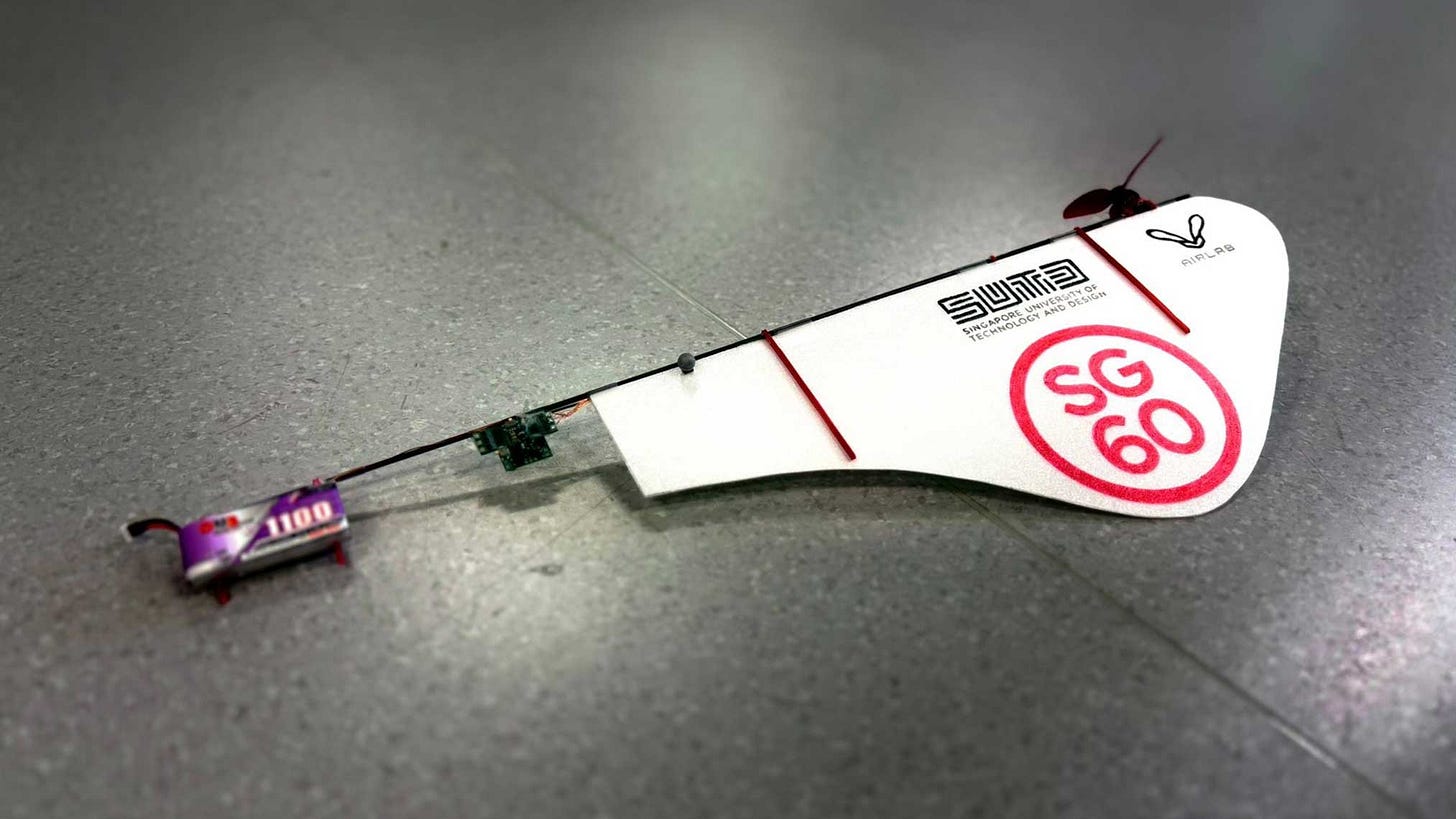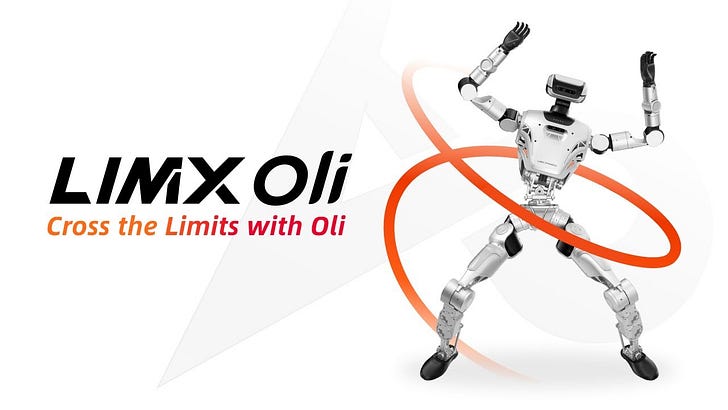How visual SLAM changes the game, a seed-inspired monocopter, and more
Daily brief on news from the world of autonomous mobile robots.
How visual SLAM enables smarter navigation for autonomous mobile robots
Visual SLAM technology delivers advanced intelligence for autonomous mobile robots (AMRs), revolutionizing their navigation capabilities across manufacturing, logistics, and other industries. By enabling real-time mapping and localization without prior environment knowledge, Visual SLAM enhances path planning, obstacle avoidance, and operational efficiency, making AMRs more adaptable and reliable in dynamic settings. This breakthrough offers significant performance improvements over traditional navigation solutions.
Guozi Robotics powers full automation at TZ Group’s factory
Guozi Robotics has deployed nearly 200 robots to TZ Group’s greenfield factory, fully automating excavator production and logistics. Diverse robot types—including AGVs, cobots, and mobile swarms—handle transfers, material classification, and picking without retooling delays. The system uses AI coordination, dynamic path planning, and contact-free power rails for continuous operation. Integration of Guozi’s proprietary control and execution systems links shop-floor devices to facility management, boosting flexibility and end-to-end logistics efficiency.
Orbbec’s Pulsar ME450 LiDAR enables flexible robotic 3D perception
The Pulsar ME450, unveiled at the World Robot Conference 2025, is the industry’s first direct Time-of-Flight (dToF) 3D LiDAR sensor combining a MEMS mirror and a motor for configurable scanning patterns and adjustable vertical field of view. It allows real-time switching between multiple scan modes, adapting to navigation, obstacle avoidance, and fine-grained 3D mapping across diverse robotics tasks. This innovation simplifies system complexity and integration while maintaining millimeter-level precision and high reliability.
Seed-inspired monocopter redefines small drone efficiency
Researchers at SUTD have created a 32-gram monocopter inspired by maple seeds that achieves 26 minutes of fully controlled hovering on a single rotor. Combining aerodynamic optimization and AI-aided design, it leverages passive stability and efficient lift generation, outperforming typical micro drones in endurance and simplicity. The minimalist design eliminates complex mechanics, paving the way for robust, low-cost aerial robots suited for long-duration missions with potential expansion into advanced materials and payloads.




